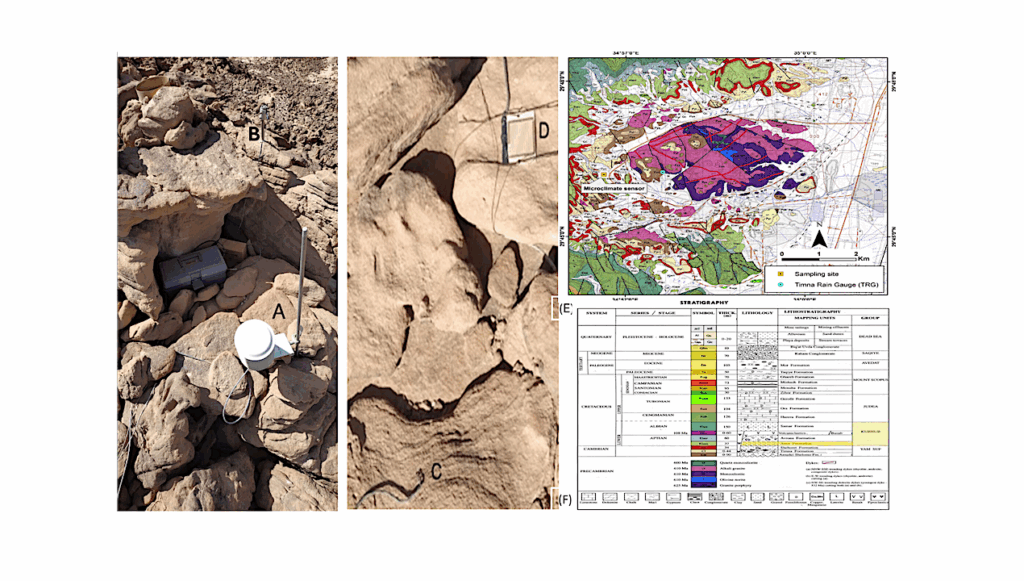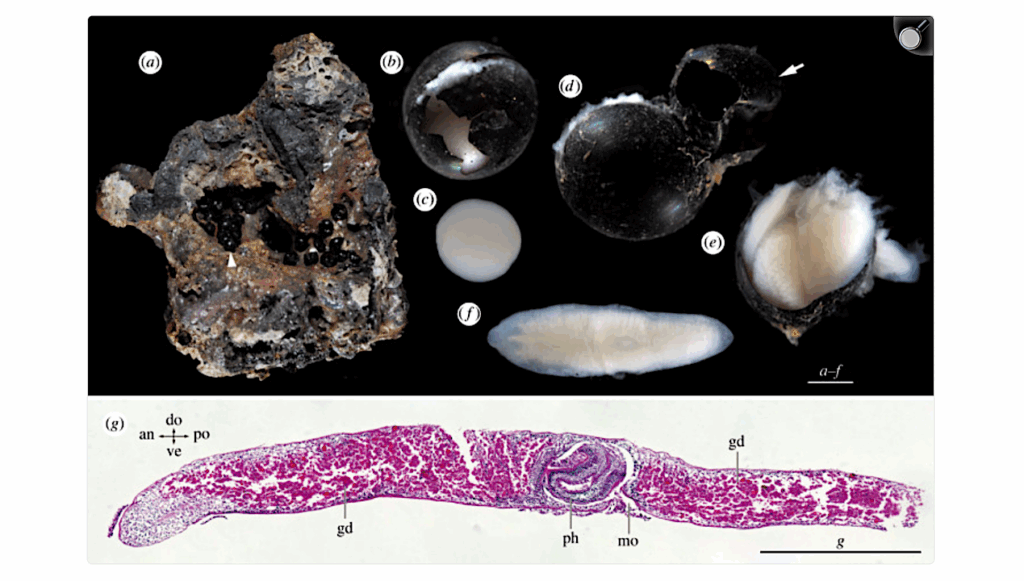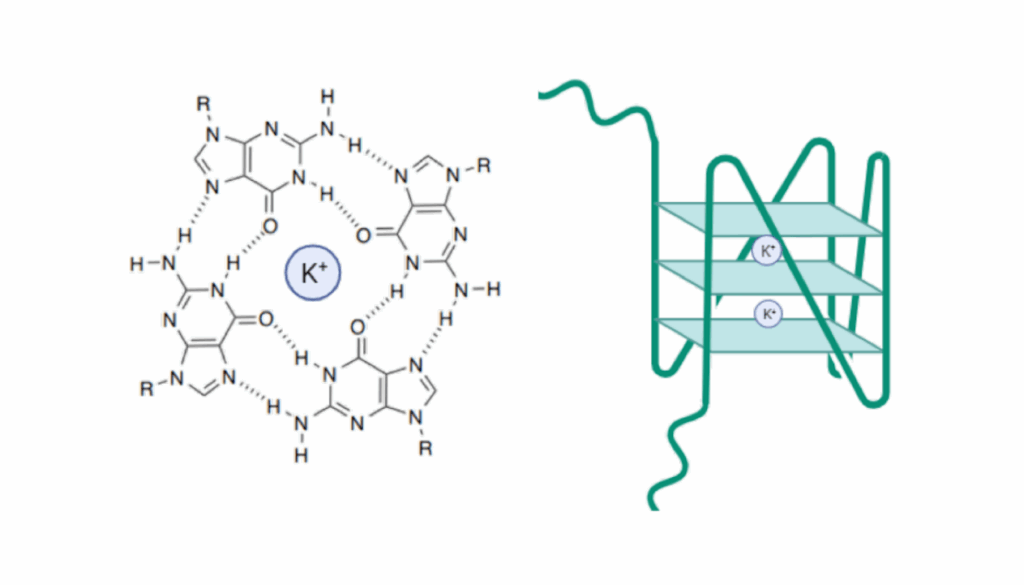Get Your Biology Textbook…and an Eraser!
Geomicrobiologist Felisa Wolfe-Simon, collecting lake-bottom sediments in the shallow waters of Mono Lake in California. Wolfe-Simon cultured the arsenic-utilizing organisms from this hypersaline and highly alkaline environment. Credit: (c)2010 Henry Bortman
One of the basic assumptions about life on Earth may be due for a revision thanks to research supported by NASA’s Astrobiology Program. Geomicrobiologist Felisa Wolfe-Simon has discovered a bacterium in California’s Mono Lake that uses arsenic instead of phosphorus in its DNA. Up until now, it was believed that all life required phosphorus as a fundamental piece of the ‘backbone’ that holds DNA together. The discovery of an organism that thrives on otherwise poisonous arsenic broadens our thinking about the possibility of life on other planets, and begs a rewrite of biology textbooks by changing our understanding of how life is formed from its most basic elemental building blocks.
Wolfe-Simon’s research is supported by NASA’s Exobiology and Evolutionary Biology (Exo/Evo) Program and the NASA Astrobiology Institute. Among the goals of these programs is determining the evolution of genes, metabolic pathways, and microbial species on Earth in order to understand the potential for life on other worlds. Wolfe-Simon’s discovery represents the first time in the history of biology that an organism has been found to use a different element to build one of its most basic structures. The paper appeared in the December 2nd, 2010 issue of “Science Express” and subsequently published in the journal Science. [Source: NAI Newsletter]








